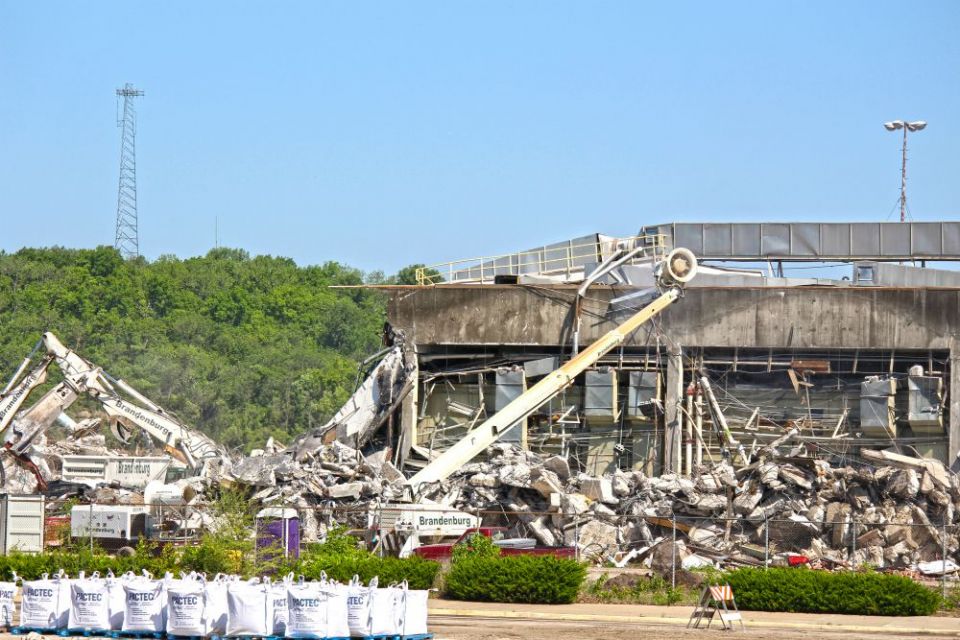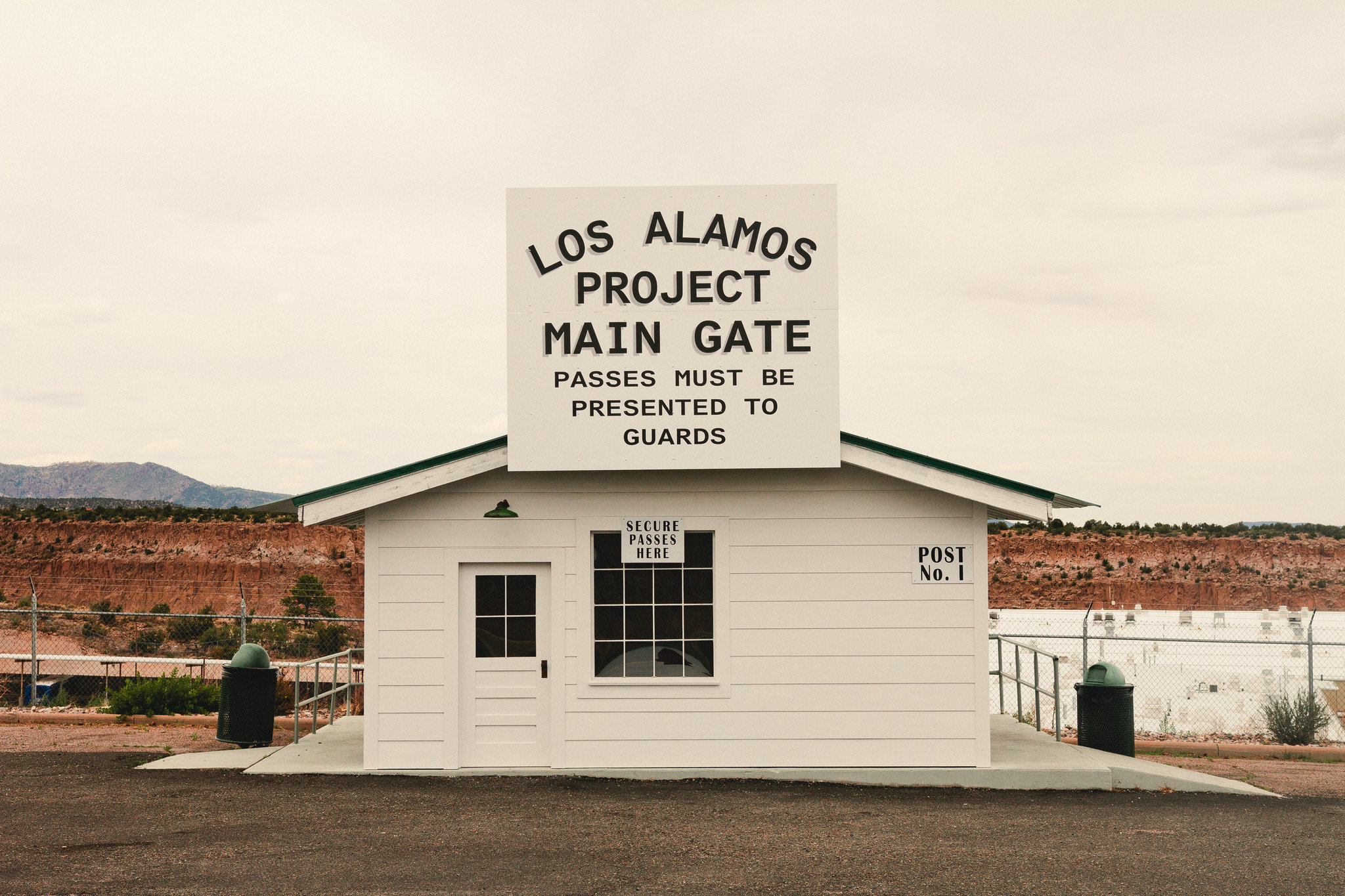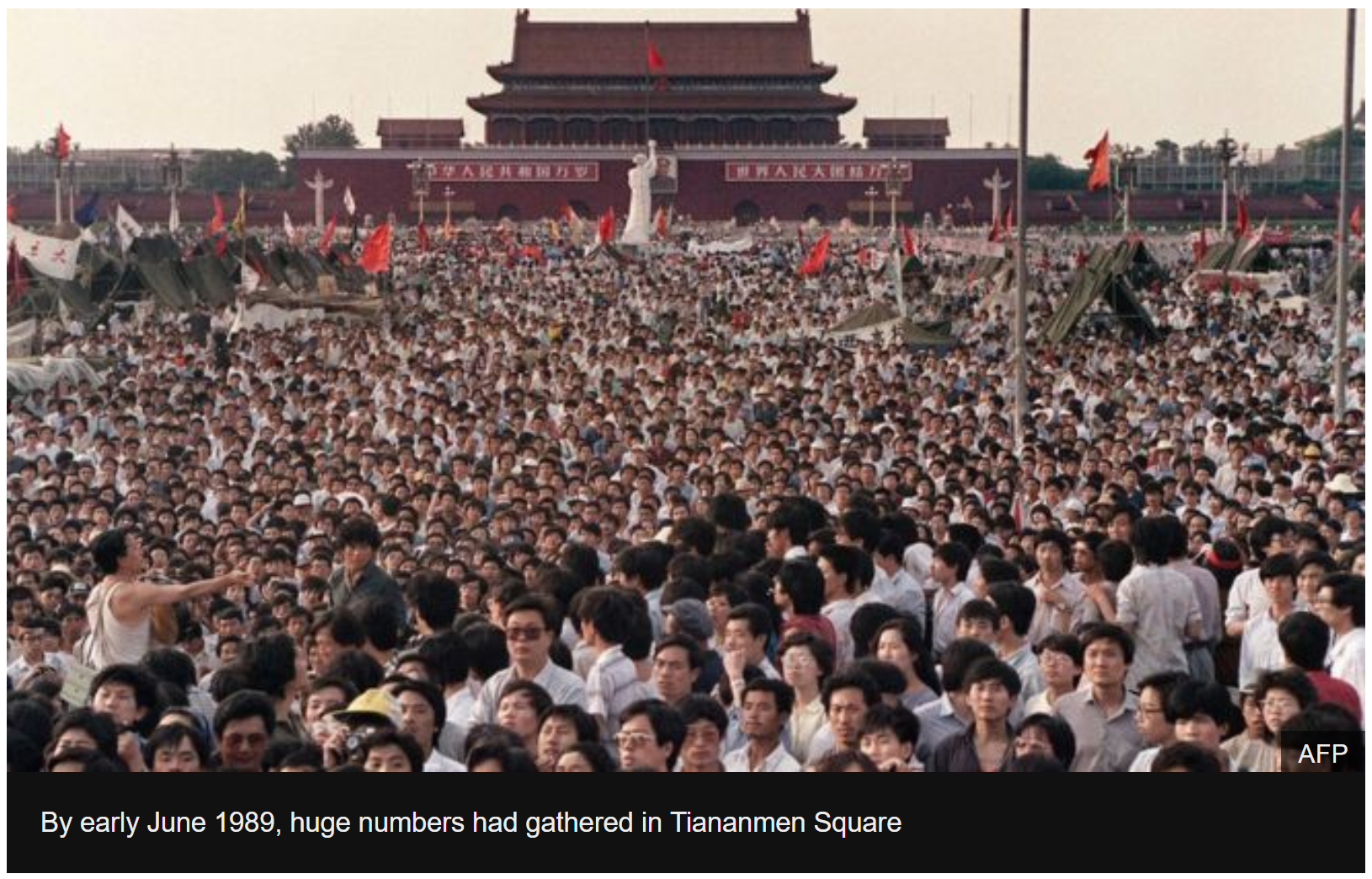 Thirty years ago, Beijing’s Tiananmen Square became the focus for large-scale protests, which were crushed by China’s Communist rulers.
Thirty years ago, Beijing’s Tiananmen Square became the focus for large-scale protests, which were crushed by China’s Communist rulers.
In the 1980s, China was going through huge changes. The ruling Communist Party began to allow some private companies and foreign investment. Leader Deng Xiaoping hoped to boost the economy and raise living standards. However, the move brought with it corruption, while at the same time raising hopes for greater political openness. The Communist Party was divided between those urging more rapid change and hardliners wanting to maintain strict state control. In the mid-1980s, student-led protests started, and in spring 1989, the protests grew, with demands for greater political freedom. On June 4, 1989, Chinese troops were sent to crush pro-democracy student protests in the famous square in central Beijing, leaving at least hundreds—and possibly thousands—of people dead.
The casualties included soldiers, but were overwhelmingly unarmed demonstrators who had been protesting in the square for six weeks, turning the site into the hub for protests in 400 other cities nationwide. Millions of people took part in the demonstrations, with more than 1 million people descending on Tiananmen Square.
As part of an ongoing brutal crackdown of internal dissent, Chinese authorities have carried out a harsh policy of history suppression, forbidding on-line or other discussions of the events at Tiananmen Square. In light of that it is worth recalling what U.S. government officials learned at the time and how they assessed Beijing’s response to internal dissent.
To mark an event that decisively shaped contemporary China, the National Security Archive is republishing three documentary E-books that appeared on previous anniversaries, in 1999, 2001, and 2015. The declassified documents demonstrate that U.S. embassy officials realized very quickly that the Chinese military had carried out a massacre ordered by top officials who feared the public expression of dissent could threaten Communist Party rule. VIEW HERE


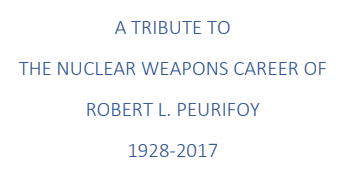
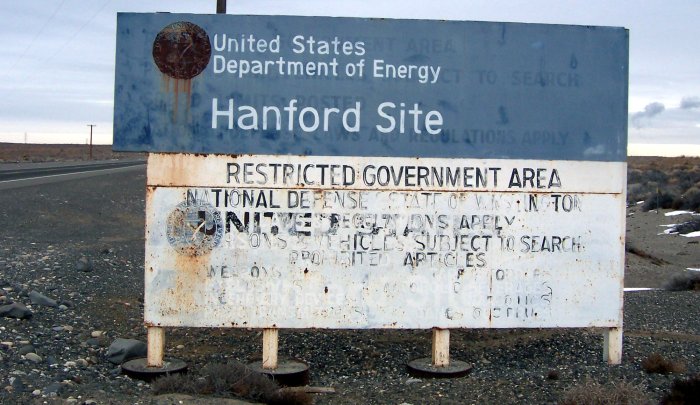

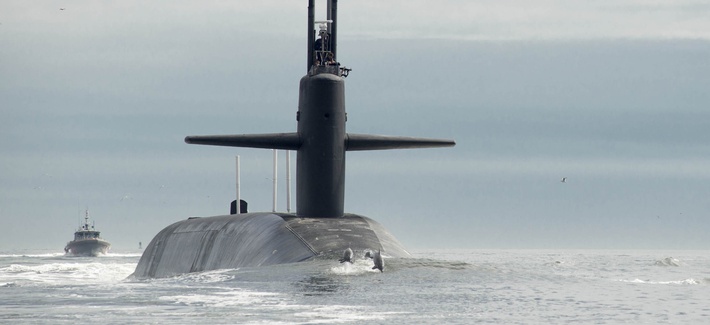
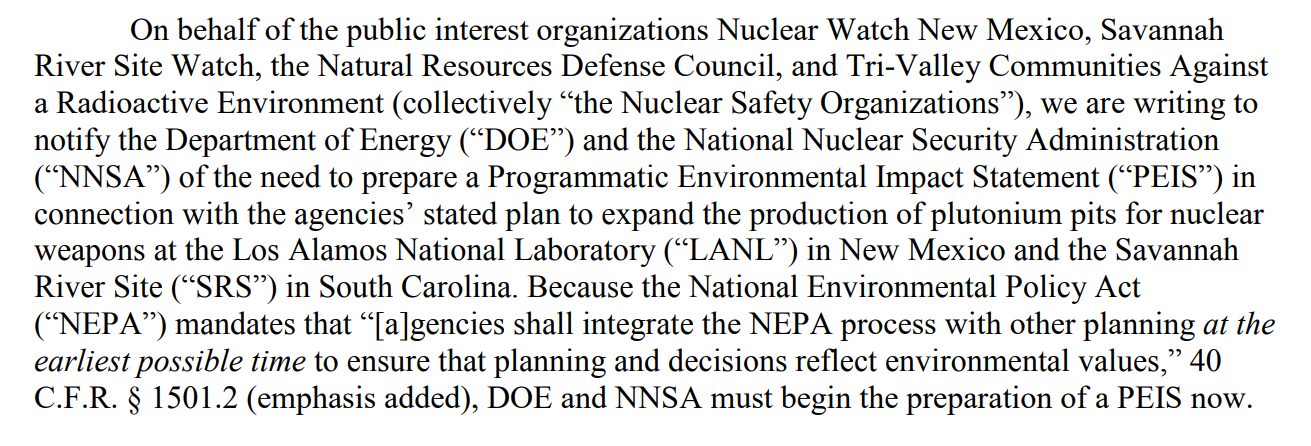

 Thirty years ago, Beijing’s Tiananmen Square became the focus for large-scale protests, which were crushed by China’s Communist rulers.
Thirty years ago, Beijing’s Tiananmen Square became the focus for large-scale protests, which were crushed by China’s Communist rulers.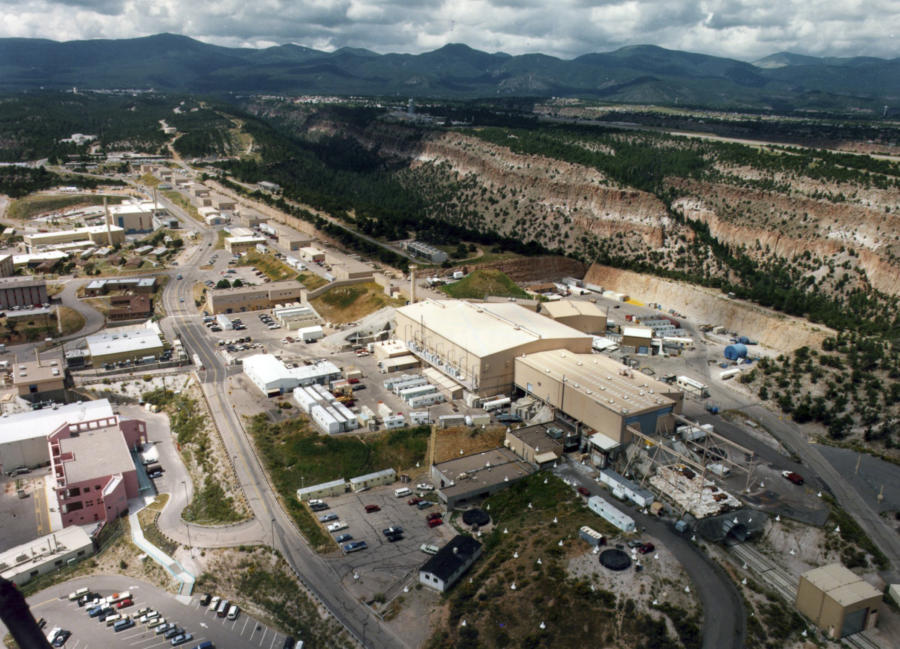

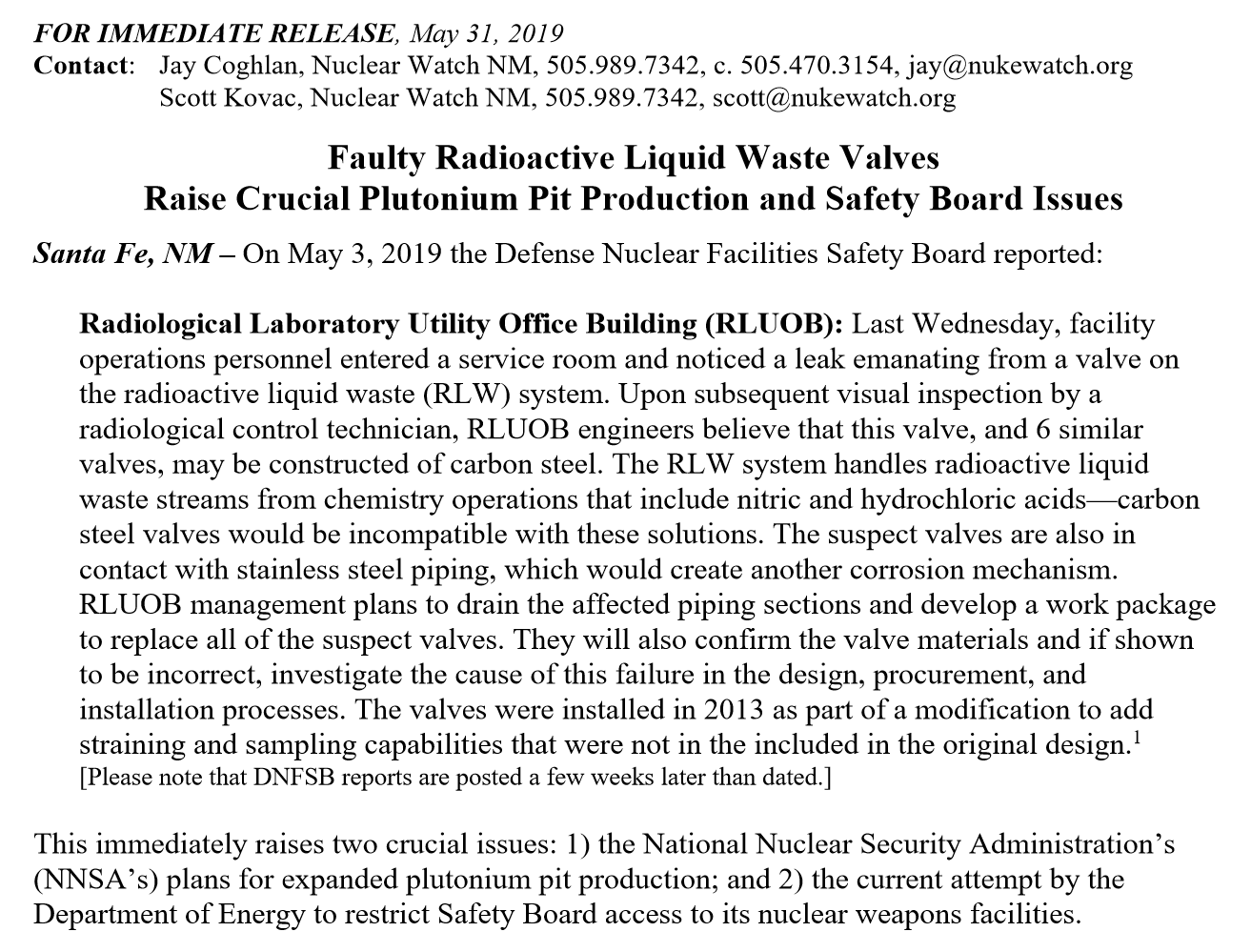
![Senator Chris Murphy speaks after the senate voted on a resolution ending US military support for the war in Yemen [File: Joshua Roberts/Reuters]](https://nukewatch.org/wp-content/uploads/2019/05/2efac5317a07453da925b7e79b29de49_18.jpg)
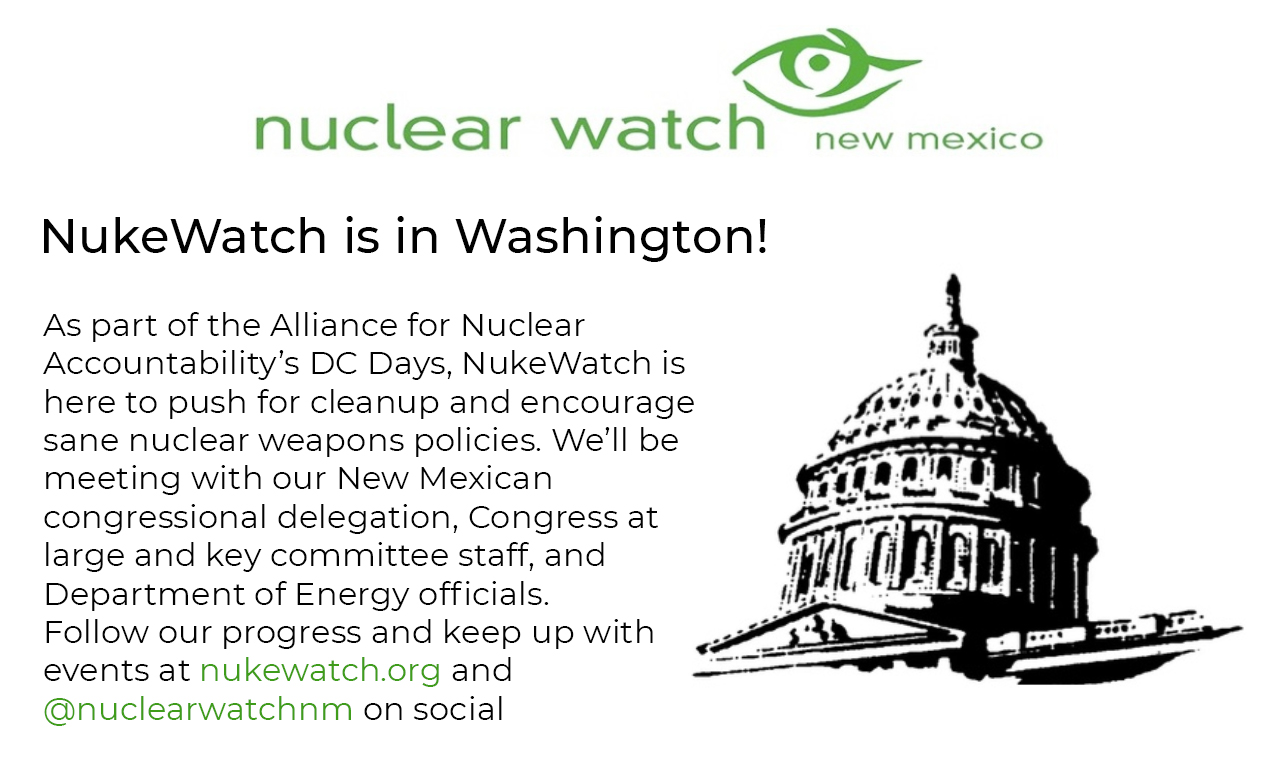 Last week, Nuclear Watch New Mexico was in Washington participating in the Alliance for Nuclear Accountability’s 31st annual DC Days. As a recent addition to the NukeWatch NM staff, this was my first time attending DC Days. The week consisted of a Sunday training day followed by three days straight of lobbying meetings with congress and other government departments that have a huge say in new nuclear weapons or energy developments. When the meeting days concluded, I also attended ANA’s Spring Meeting, which is a two-day debriefing and planning session to discuss thoughts on the week and new plans for the year ahead. This week was not only informative but enlightening, in terms of how I learned the ins-and outs of congress and the true functioning (or lack thereof, occasionally) of government. A large part of why I learned as much as I did and why I did feel so engaged, was due to being surrounded by the most genuine and helpful set of people. I would not have felt as comfortable in this world of politics (which is completely foreign to me) if it was not for the other members of ANA organizations that treated me as an equal contributor, despite my lack of knowledge in certain areas. This is a brief introduction to my time in DC, but there are more technical issues to discuss! A following post will contain the specific details of the issues ANA, and NukeWatch specifically, tackled during the week, including: Lobbying for No New Bomb Plants, Reducing proposed plutonium pit production, fighting Yucca mountain & consolidated interim storage – proposing alternatives to these, supporting a No First Use Policy, and much, much more.
Last week, Nuclear Watch New Mexico was in Washington participating in the Alliance for Nuclear Accountability’s 31st annual DC Days. As a recent addition to the NukeWatch NM staff, this was my first time attending DC Days. The week consisted of a Sunday training day followed by three days straight of lobbying meetings with congress and other government departments that have a huge say in new nuclear weapons or energy developments. When the meeting days concluded, I also attended ANA’s Spring Meeting, which is a two-day debriefing and planning session to discuss thoughts on the week and new plans for the year ahead. This week was not only informative but enlightening, in terms of how I learned the ins-and outs of congress and the true functioning (or lack thereof, occasionally) of government. A large part of why I learned as much as I did and why I did feel so engaged, was due to being surrounded by the most genuine and helpful set of people. I would not have felt as comfortable in this world of politics (which is completely foreign to me) if it was not for the other members of ANA organizations that treated me as an equal contributor, despite my lack of knowledge in certain areas. This is a brief introduction to my time in DC, but there are more technical issues to discuss! A following post will contain the specific details of the issues ANA, and NukeWatch specifically, tackled during the week, including: Lobbying for No New Bomb Plants, Reducing proposed plutonium pit production, fighting Yucca mountain & consolidated interim storage – proposing alternatives to these, supporting a No First Use Policy, and much, much more.
